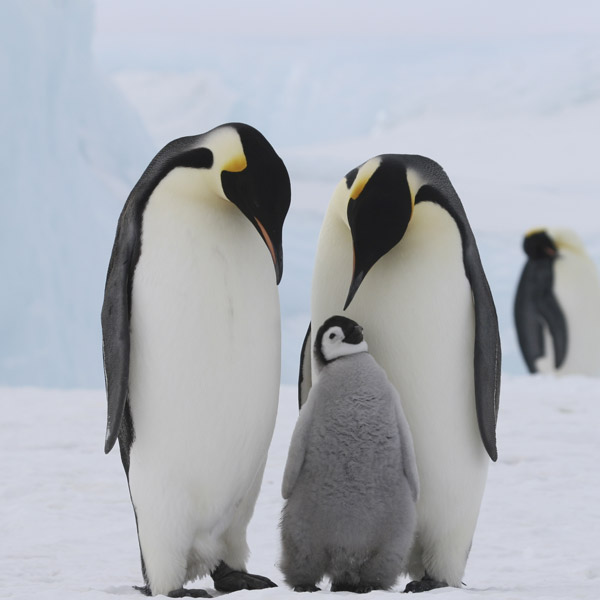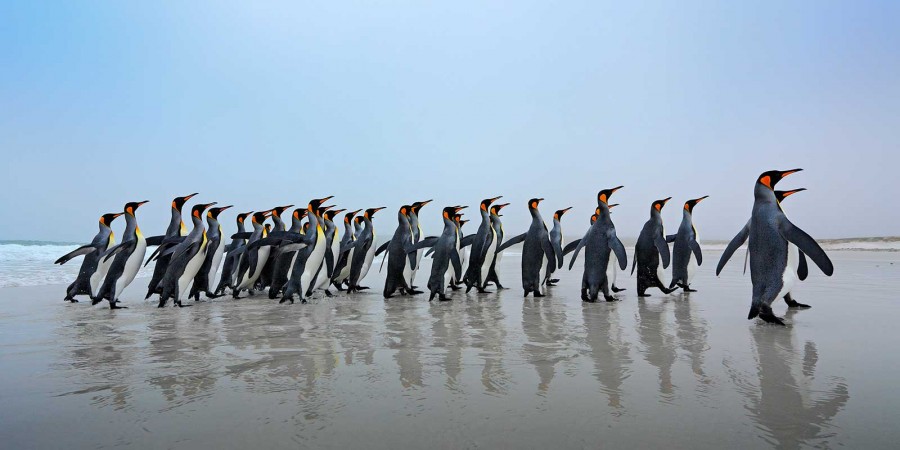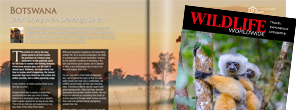Penguin watching can be immense fun as these endearing and frequently comical flightless birds are full of character. Our penguin watching holidays offer a wide range of trips, destinations and locations chosen to give the very best penguin experiences, such as…



Why our penguin watching holidays are so successful




What penguins to see and where
Uniquely southern hemisphere species, penguins are found throughout the southern oceans. This means you can see them on land: Magellanic penguins along the coasts of Argentina and Chile; gentoo, rockhopper, macaroni, king and erect-crested penguins in the Falkland Islands; and king penguins on South Georgia.
Alternatively, you can see penguins galore on any expedition voyage that visits the Antarctic, and some trips to the Galápagos where you can see penguins of the same name. To see emperor penguins, however, you need to visit Snow Hill in the Weddell Sea – the only place where they can be seen.
Emperor penguin

Our Emperor Penguins of the Weddell Sea itinerary, provides the perfect way to visit these penguins in the remote regions of Antarctica. Three days are reserved to visiting, by helicopter, an emperor penguin colony, situated south of Snow Hill Island.
Macaroni penguin

Gentoo penguin

Although adapted to harsh cold climates, its breeding colonies are always on ice-free surfaces along or close to the shoreline, with nests often sited between tufts of grass. They breed on many sub-Antarctic islands and in the Antarctic Peninsula.
Rockhopper penguin

The related eastern rockhopper breeds on the sub-Antarctic islands of the Indian and western Pacific oceans. Outside the breeding season, rockhoppers can be found roaming the waters off their colonies, feeding on krill, squid, plankton, cuttlefish and crustaceans.
Magellanic penguin

The world’s largest breeding colony of Magellanic penguin is found at Punta Tombo in Argentina, where you can walk amongst them and closely observe them building nests, feeding chicks and in courtship and territorial disputes.
King penguin










